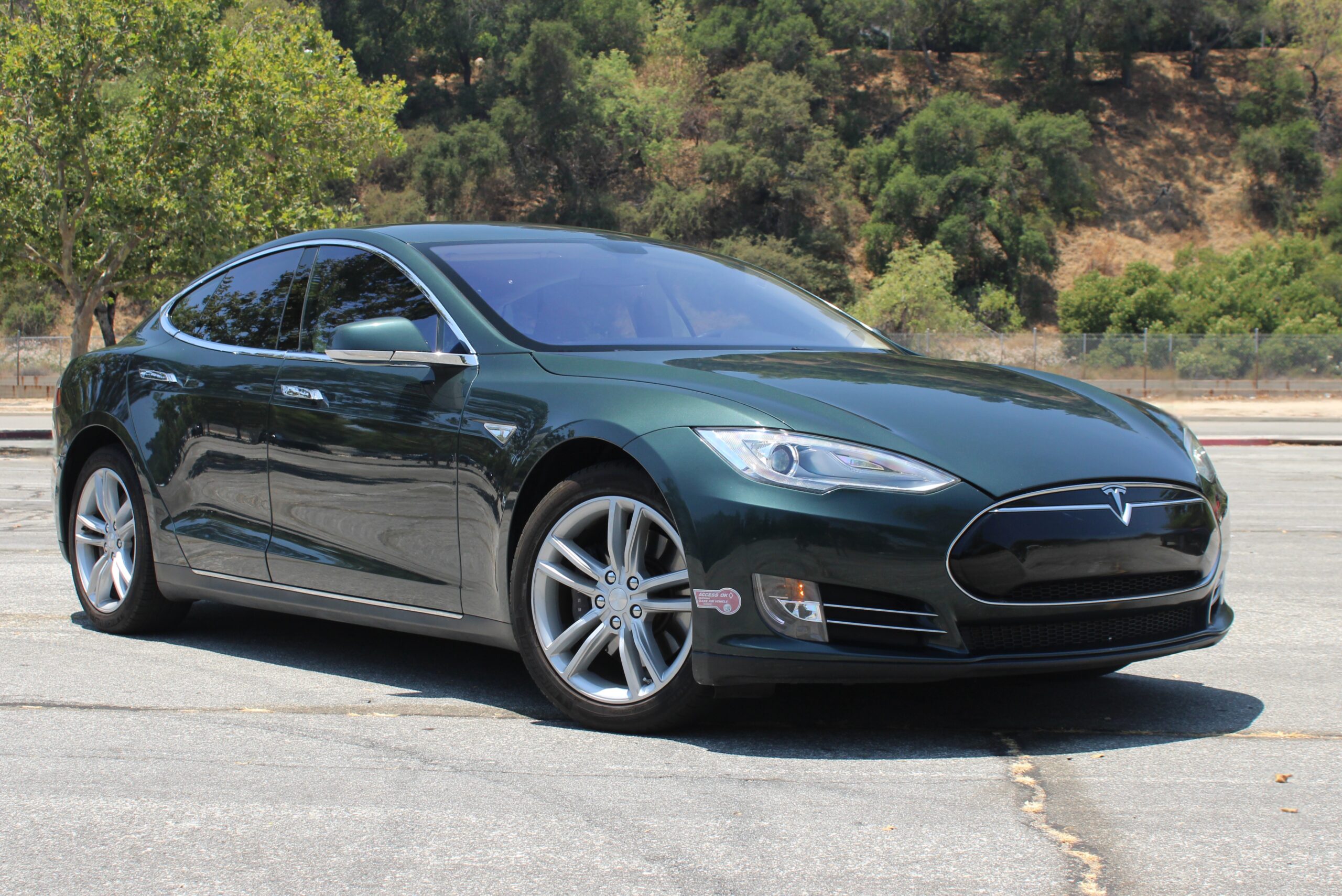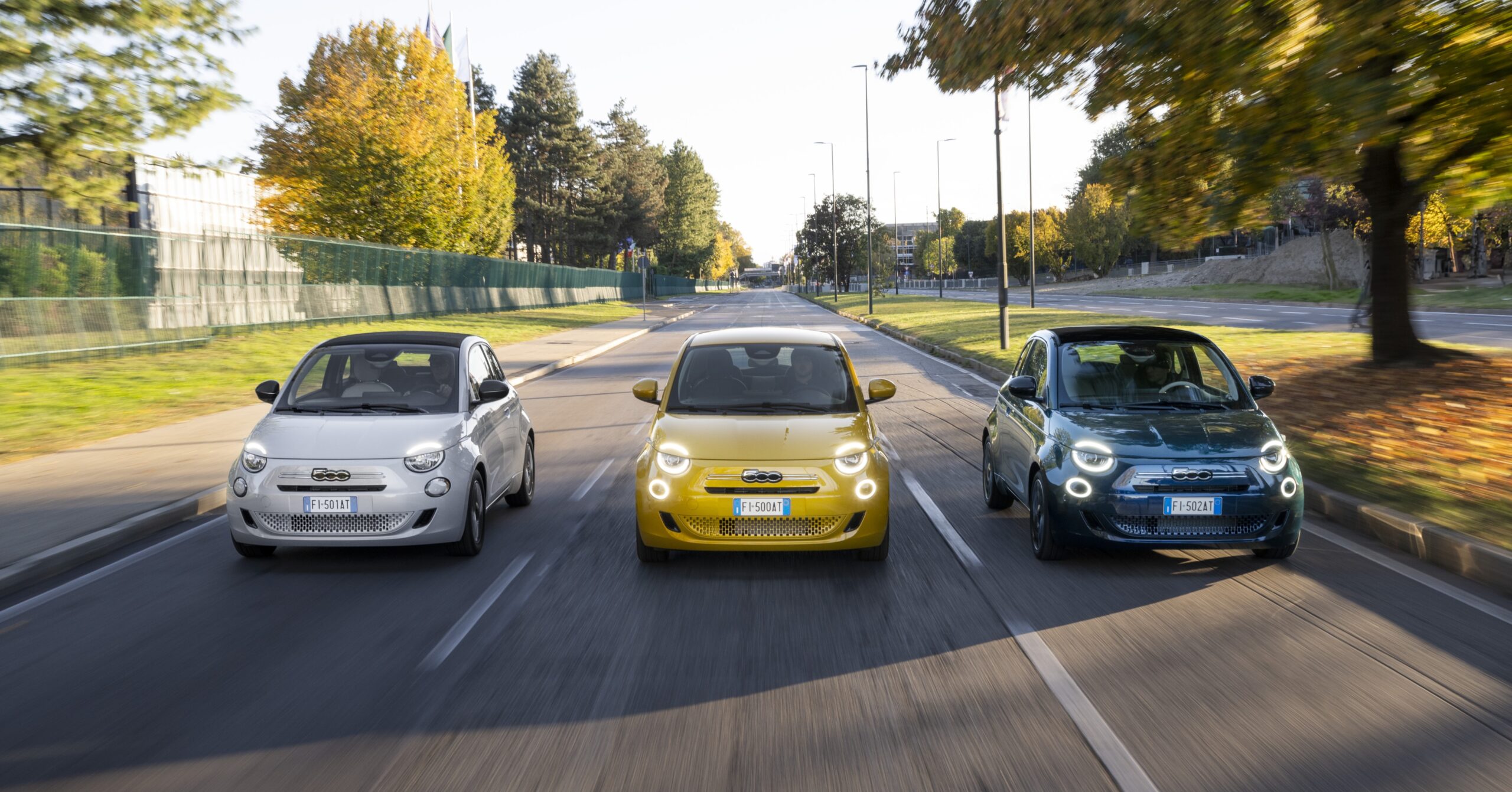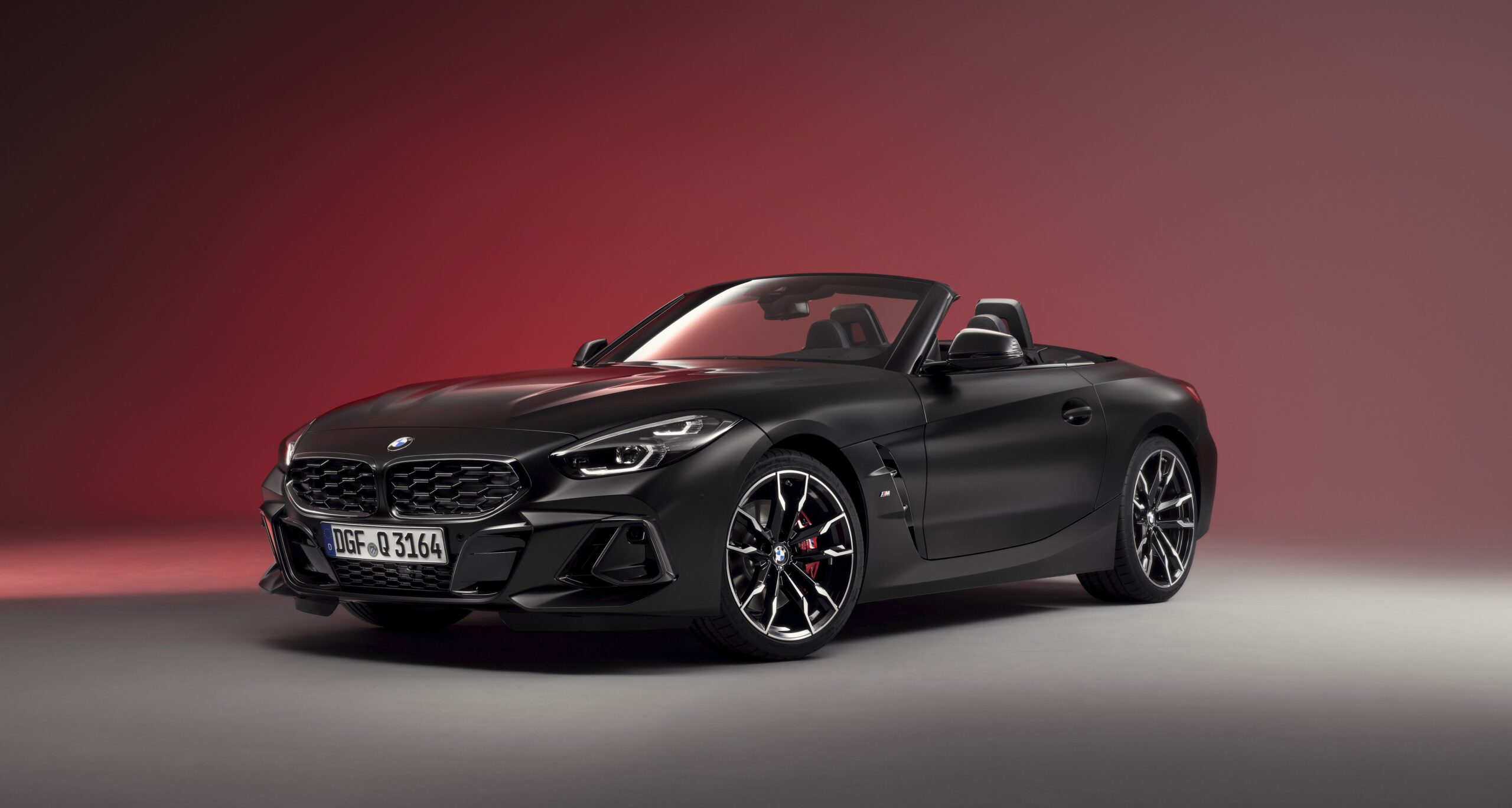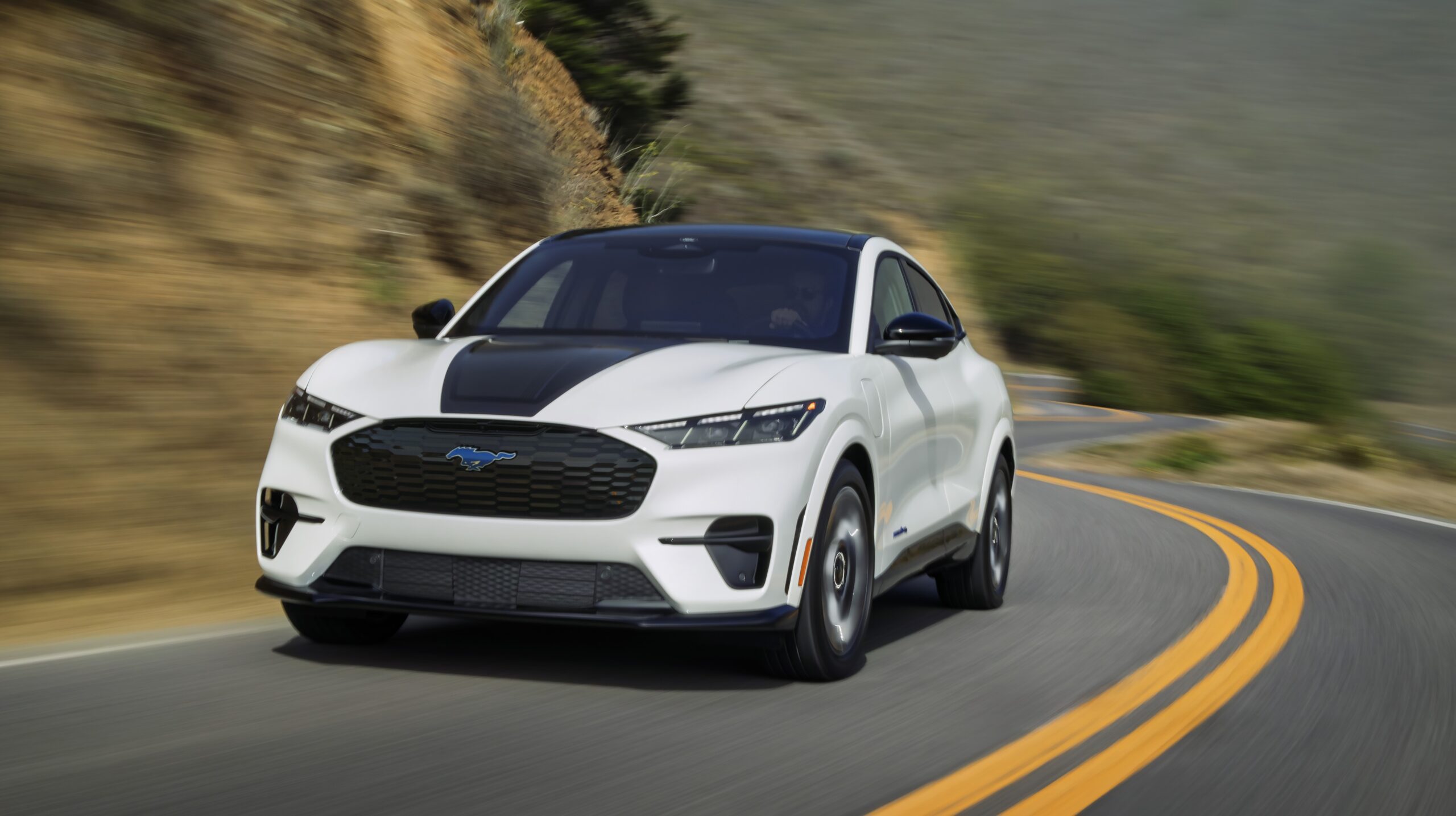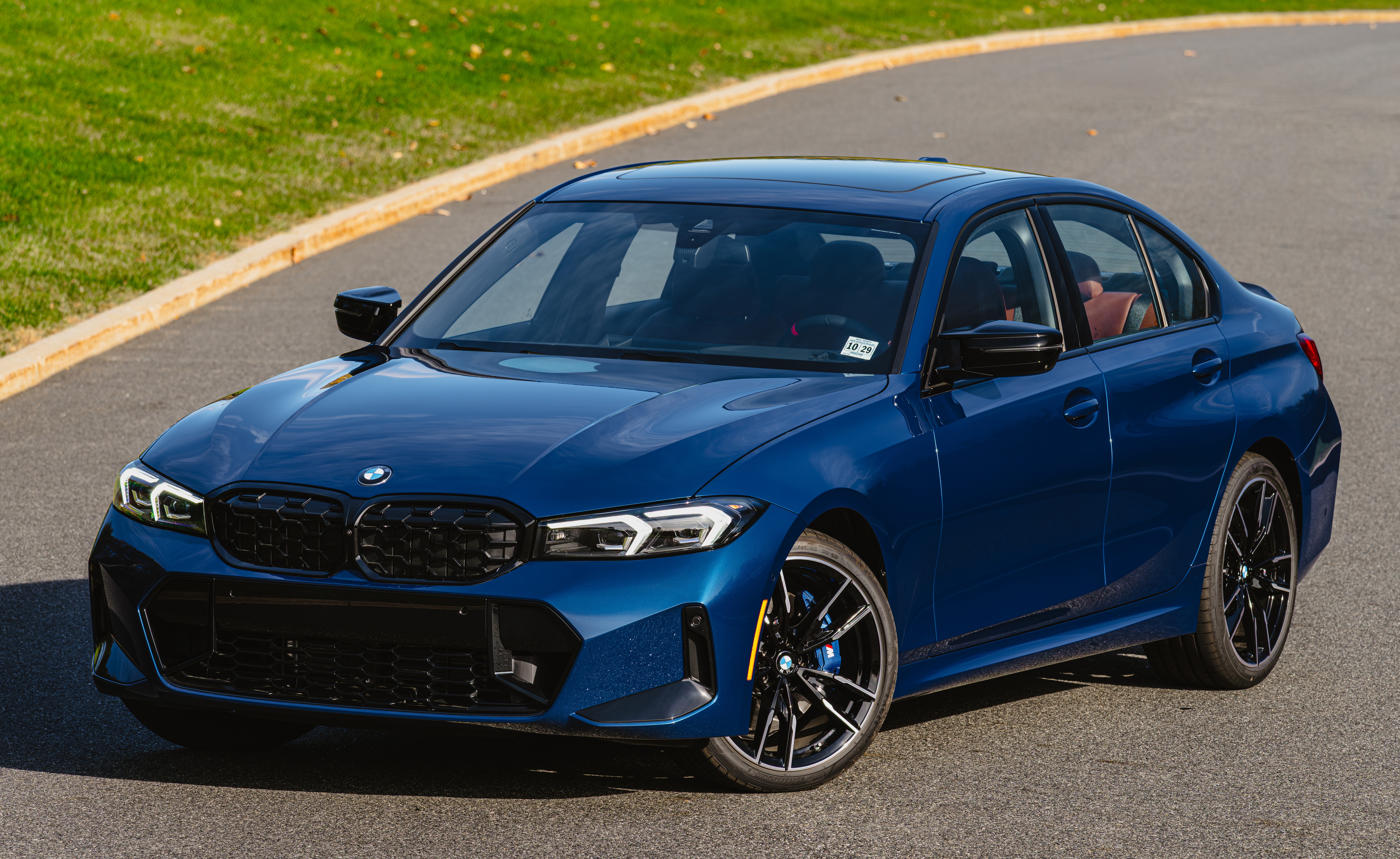The Tesla Model S proved the viability of battery-electric vehicles. It turned the auto industry upside down with road trip-worthy range, forcing an entire industry to pivot. While some brands responded quickly, others did so slowly. However, none of them kept up in the beginning, with some only recently catching up. Outside of Chinese automakers and startups like Rivian and Lucid, Tesla remained unchallenged. Driving this 2013 Tesla Model S shows just how advanced it was compared to its legacy competitors. Living with revealed so much nuance thanks to its software. Let’s take a closer look, shall we?

2013 Tesla Model S: Smooth Operator
Driving the Model S shows just how serene driving can feel in an EV. Thanks to its prodigious torque and instant yet smooth power, this big, comfortable sedan accelerates effortlessly. Even with only 362 hp and 325 lb-ft of torque from its single electric motor, the Model S feels quick. This responsiveness helps keep this example feeling modern. It moves with the authority of a car built today, masking its age.
In terms of ride and handling, the 2013 Tesla Model S drives as big as its size suggests. Featuring an 85-kWh battery mounted under the floor, its low center of gravity helps keep it planted on the road. As a result, it feels confident even when pushed hard through corners. Body roll, on the other hand, remains minimal. Despite its comfort-focused suspension calibration, the Model S inspires confidence. It also glides over road imperfections and barely transmits them to occupants, elevating its supremely cushy ride.
On the other hand, the eco-focused tires lack grip, meaning they’ll squeal in protest if you drive too enthusiastically. The steering further highlights the car’s comfort focus. While communicative, it’s slower and more relaxed, adding to the Model S’ traditional big sedan feel.
As for driving range, the EPA rates this specific 2013 Model S at 265 miles. In real-world driving, it’s closer to around 230 miles. Considering this car’s age, that’s not too bad, and it’s still averaging around 3.5 miles per kWh in mixed driving. However, keep in mind that highway driving drops that to around 3 miles per kWh, give or take.






Ingeniously Packaged
Tesla showed the world the beauty of a dedicated EV platform, and nowhere is this more apparent than the Model S’ interior packaging. Step inside and experience the roominess of a full-size sedan stuffed inside a midsize package, complemented by a sleek, timeless exterior that still looks as sharp as the day it came off the assembly line in 2013. No matter where you sit, the Model S offers impressive space, especially with the rear seats folded. Meanwhile, the expansive hatch easily hauls big shopping trips or bulky items — and that’s without the massive underfloor storage area or the cavernous frunk! It also comes with plenty of small-item storage between the driver and front passenger seats for additional flexibility/. Complaints? I wish the center console had covered storage instead of just cupholders.
As for the finish, it’s typical of an early Tesla. The materials used proved their durability, but don’t feel quite premium. Although acceptable for mainstream vehicles, the quality levels should’ve been higher, especially considering this sold new at around $80,000. Additionally, the Model S would’ve benefited from nicer materials and additional soft-touch surfaces, which could’ve elevated the overall interior ambience. On the plus side, the interior packs plenty of sound insulation, elevating the quiet serenity of the Model S’ cabin, even on the move. Road, wind, and tire noise? Nearly nonexistent, especially with the smaller 19-inch wheels and meaty tires that pack plenty of sidewall.

Tech That Keeps Up
Although its age may make you think it’s outdated, the 2013 Model S’ software says otherwise. Despite being over 10 years old, it features the same multimedia tech as newer Teslas. Thanks to constant over-the-air updates, this cruiser packs a modern suite centered around a massive 17-inch touchscreen. This portrait-style unit boasts incredible graphics and impressively quick responses. As a result, it puts systems from legacy automakers to shame. The standard premium audio system complements this with clear and immersive sound, elevating the overall infotainment experience to a higher level.
Unlike the smaller Model 3 and Model Y, the Model S also includes a digital gauge cluster. Having one in front of the driver means it avoids feeling like a supercomputer on wheels, giving it a more traditional experience. Additionally, it retains the physical turn sign stalk and a column-mounted gear selector, both of which add familiarity to the 2013 Model S. As for driver assistance features, the 2013 Model S lacks the necessary hardware. This means no Autopilot suite and driver assistance features. You’ll need to find a vehicle made after the 2013 model year to get those technologies in a Tesla Model S.
2013 Tesla Model S: The Trailblazer
It’s easy to see why the Tesla Model S shook up the entire auto industry back in 2012. This stylish sedan pioneered all-electric transportation by proving the viability of EVs in passenger cars. Even today, it remains a step ahead of some newly released EVs in many factors, including charging and the overall infotainment experience. Its software shows Tesla’s strengths in that department, which is especially notable considering how similar the multimedia system feels to its newer models.
Spending time with the 2013 Tesla Model S turned into an eye-opening experience. It showed just the true potential of software-defined vehicles and EVs. The fact that the car feels so modern for its age impresses. Yes, the older interior feels a little jarring in contrast to the technology, but even that and the exterior aged gracefully.
To put it simply, this older Model S blew me away. It remains modern today and even matches some newer EVs. From the tech to the way it drives, this car set a high benchmark over a decade ago, a true game changer in every sense.












